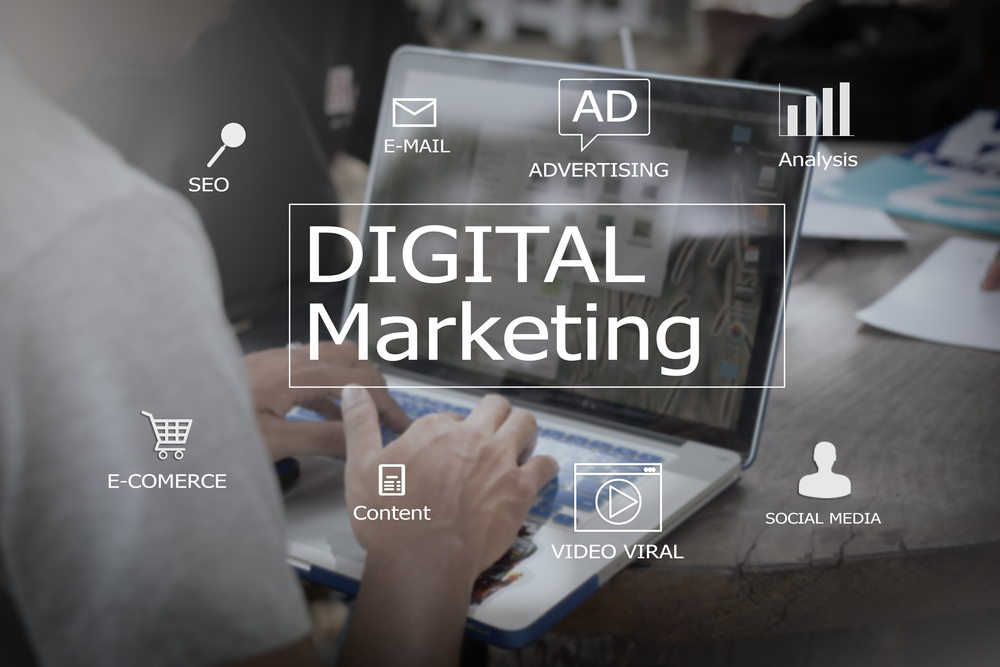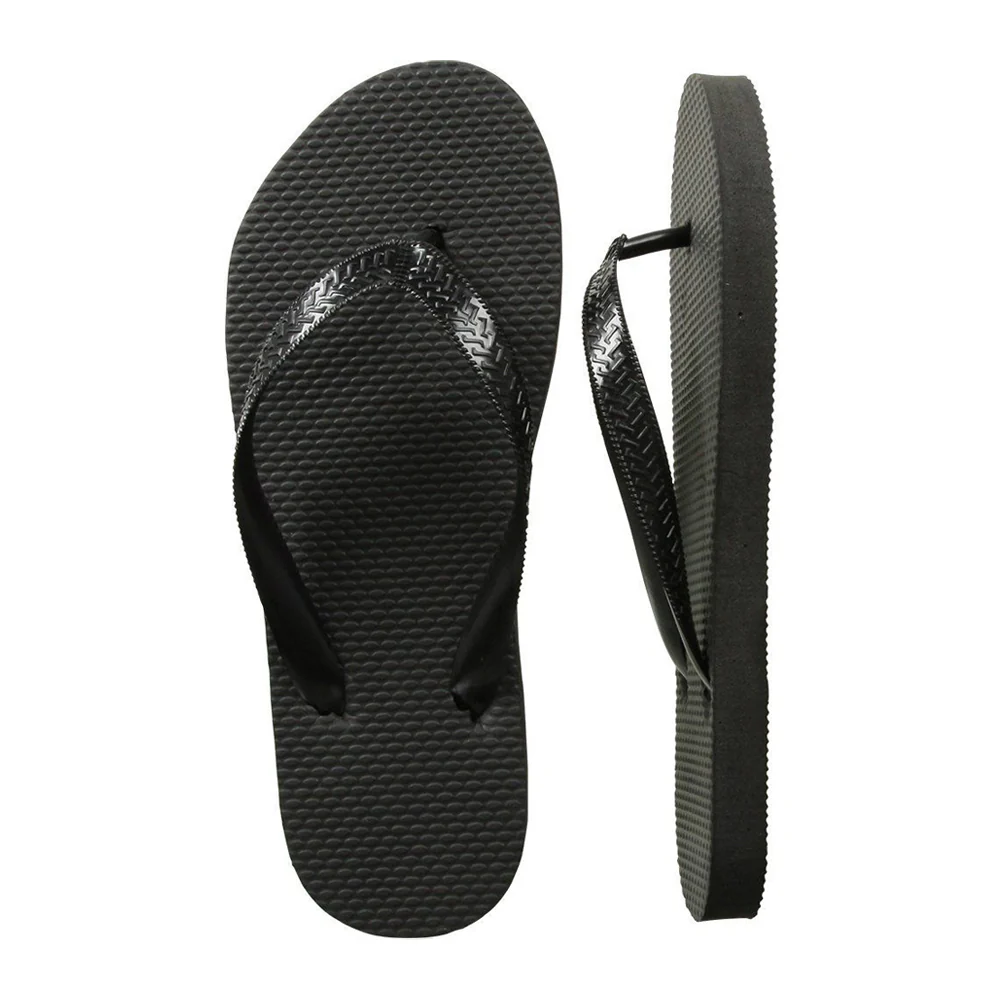Ever stared at a long list of vector file options and thought, “Wait, which one do I actually need?” You’re not alone! Vector files can be confusing, especially when every format claims to be the best for something—web, print, animation, you name it. But don’t worry, I’m here to help you cut through the jargon and figure out exactly which vector file is right for your next project.
Quick Rundown: Popular Vector File Formats
Let’s take a look at the main players and what makes each of them special:
SVG (Scalable Vector Graphics)
– Best for: Web graphics, icons, interactive animation
– Why use it? Super lightweight, easy to edit, and plays nicely with browsers.
– Cool perk: You can even open it in a text editor and mess with the code!
EPS (Encapsulated PostScript)
– Best for: Logos, print jobs, sending to print shops
– Why use it? Stays super crisp and scales perfectly. It’s the print industry standard.
– Heads up: Editing can be tricky if you don’t have pro software.
PDF (Portable Document Format)
– Best for: Sharing documents that need to look the same everywhere
– Why use it? Embeds vector graphics, text, AND images all in one. Everyone has a PDF viewer.
– Bonus: Great for sending proofs or final designs to clients.
AI (Adobe Illustrator)
– Best for: Complex illustrations, advanced editing
– Why use it? Gives you all the fancy tools and effects in Illustrator.
– Caution: Not everyone has Illustrator, so sharing can be awkward.
CDR (CorelDRAW)
– Best for: CorelDRAW users, detailed drawings and layouts
– Why use it? Unlocks all the features in CorelDRAW.
– Limitation: Not super compatible outside of Corel’s universe.
WMF (Windows Metafile)
– Best for: Simple graphics on Windows systems
– Why use it? Old-school, but still works for basic vector art in Windows apps.
DXF (Drawing Exchange Format)
– Best for: CAD, architectural plans, engineering
– Why use it? Shares designs between different CAD programs with ease.
If you’re new to this, you might be wondering what is a vector file, and why these formats matter for your projects.
Open-Source vs. Proprietary: What’s the Difference?
Let’s clear this one up—because your choice affects how you can use and share your files.
– Proprietary Formats (like AI, CDR):
– Usually need special (often paid) software.
– Can lock you into one company’s ecosystem.
– Sometimes offer advanced features you can’t get elsewhere.
– Open-Source Formats (like SVG, ODG):
– Free to use and edit, even with basic software.
– Way easier to share and collaborate on.
– Great if you want flexibility and long-term access.
Bottom line: If you need fancy effects, proprietary might be the way to go. But for teamwork and future-proofing, open-source is often better.
When to Use Which Vector Format
Not sure which one to use? Here’s a quick cheat sheet:
– SVG:
– Web graphics, UI icons, animations, infographics
– Need to be lightweight and interactive? Go SVG!
– EPS:
– Sending logos to printers, professional print work
– Want perfect scaling and compatibility? EPS is your friend.
– PDF:
– Sharing proofs, combining images and text, client presentations
– Want everything to look the same everywhere? PDF to the rescue.
– AI/CDR:
– Heavy-duty design, intricate artwork, projects that stay in the same software
– Want all the pro tools? Stick with AI or CDR.
– DXF:
– CAD drawings, engineering, architecture
– Need to swap files between technical programs? Use DXF.
Will My Software Support This File?
Before you commit, ask yourself:
– Can I edit this file in my favorite design program?
– Will my client or printer be able to open it?
– If I need to switch to a different program later, can I?
Pro tip:
– SVG and EPS are the most “universal” formats and work in most design apps.
– AI and CDR are best if you’re sticking with Adobe or CorelDRAW.
Pros & Cons: Quick Comparison Table
| Format | Pros | Cons |
| SVG | Web-friendly, editable, tiny file sizes | Not always print-ready |
| EPS | Print-perfect, scalable | Can be tricky to edit, larger files |
| Universally viewable, mixes text & images | Sometimes bulky, edits not always easy | |
| AI | Powerful editing, best for complex art | Needs Illustrator, less shareable |
| CDR | Great for CorelDRAW, detailed design | Not widely supported |
| DXF | CAD-friendly, universal for engineering | Not ideal for general graphics |
How to Choose: A Few Tips
– Think about where your design is headed. Is it for the web, print, or engineering?
– Match the file to your tools. If you’re using Illustrator, AI makes sense—but if you’ll share the file, consider SVG or EPS.
– Consider file size. SVGs are small and fast; EPS and PDFs can get bulky.
– Don’t forget about quality. Vectors scale up and down, but exporting to raster (like PNG/JPG) will depend on resolution.
Bonus Checklist
– ✔️ Will your recipient be able to open and edit the file?
– ✔️ Are you planning to animate it?
– ✔️ Is print quality a must?
– ✔️ Will you need to make future edits?
Final Thoughts
Choosing the right vector file isn’t about memorizing acronyms—it’s about knowing what you need for your project and picking the best tool for the job. Whether you want to keep things simple with SVG, go all-out with AI, or play it safe with PDF, now you’ve got the inside scoop.
And hey, if you’re ever in doubt, save a copy in a couple of formats—it’s always good to have a backup!
Happy designing! 🎨








